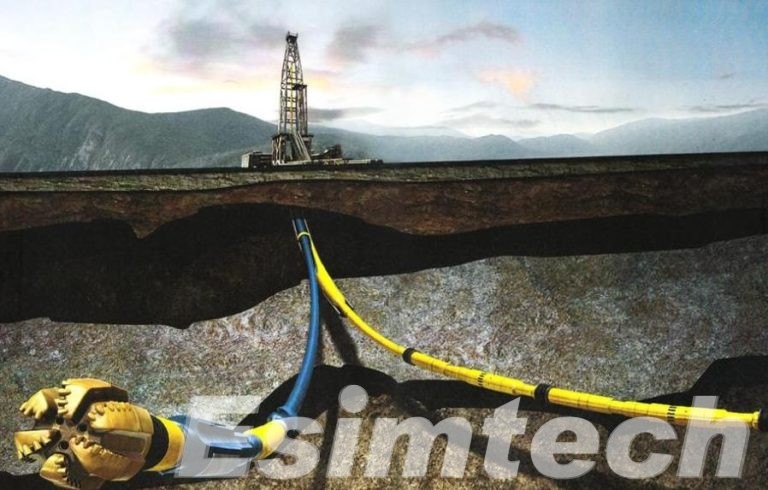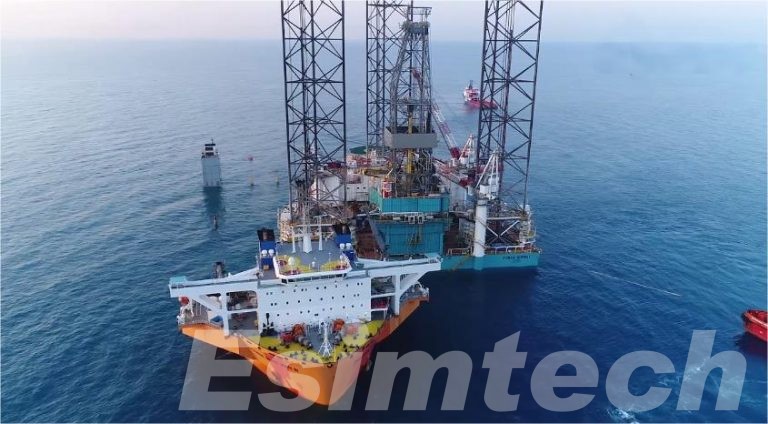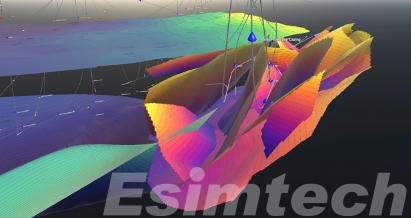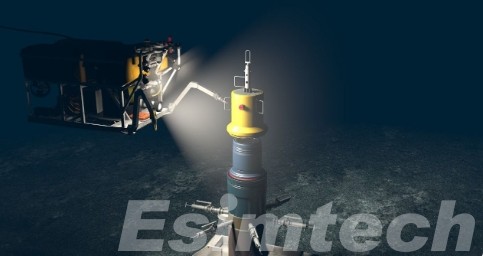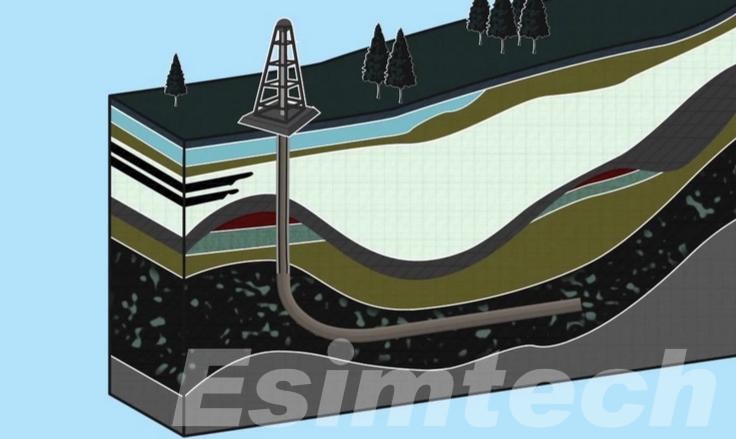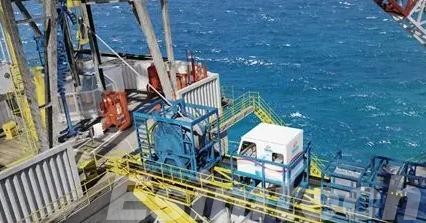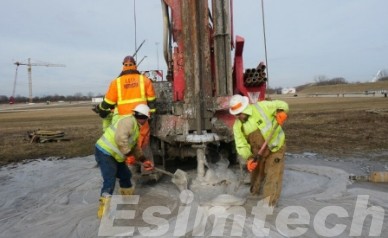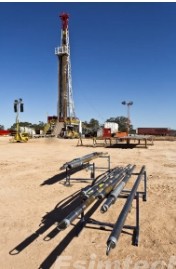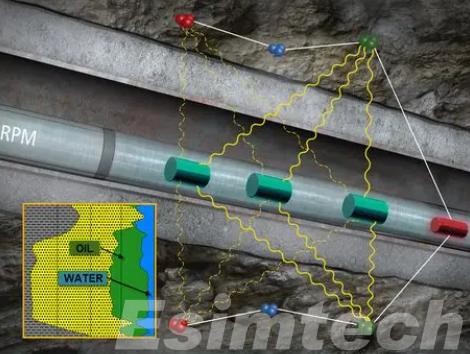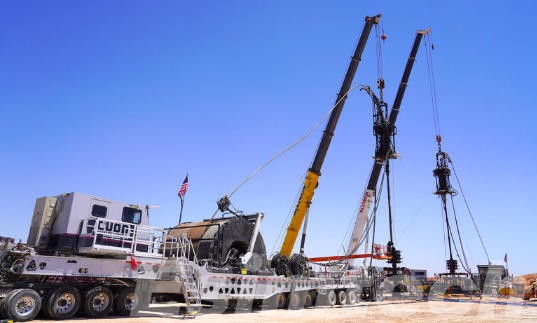What’s the Role of Directional Drilling in Offshore Oil and Gas Exploration
Offshore oil and gas exploration keeps getting tougher as people dig deeper and face tougher ocean environments. Standard vertical drilling can’t always reach oil or gas layers that lie far below and come up at sharp angles. That’s when directional drilling steps in and changes the game. Directional drilling in oil and gas gives the crew…

